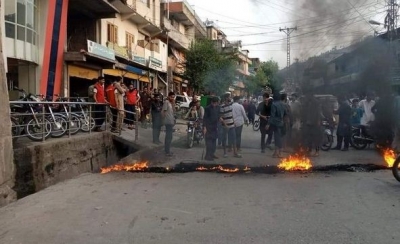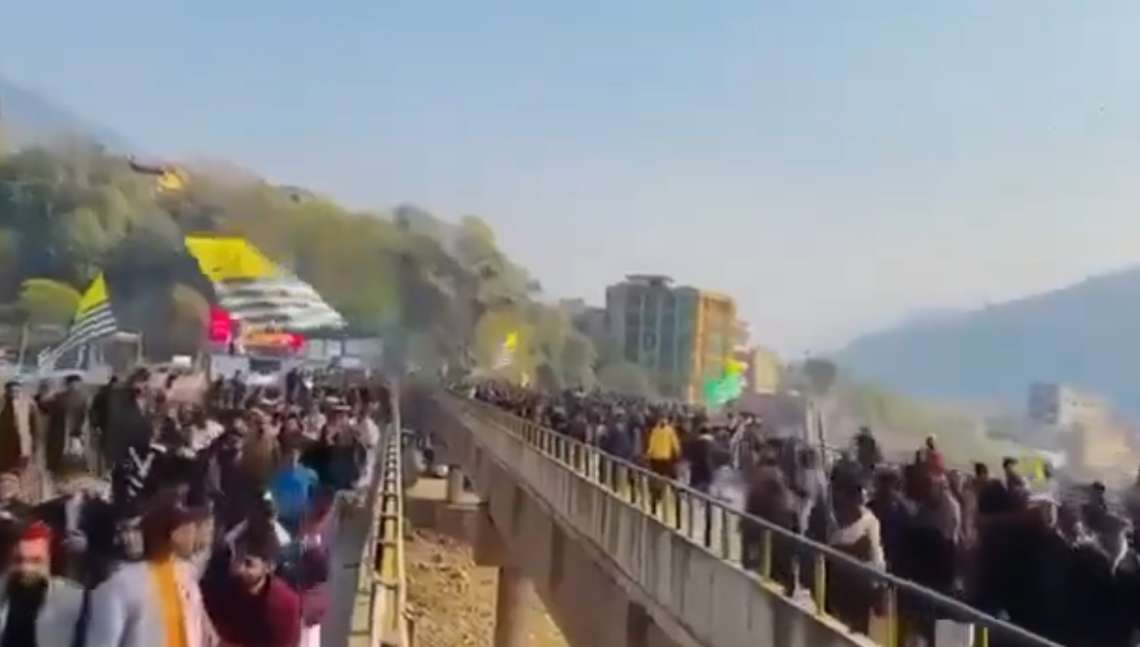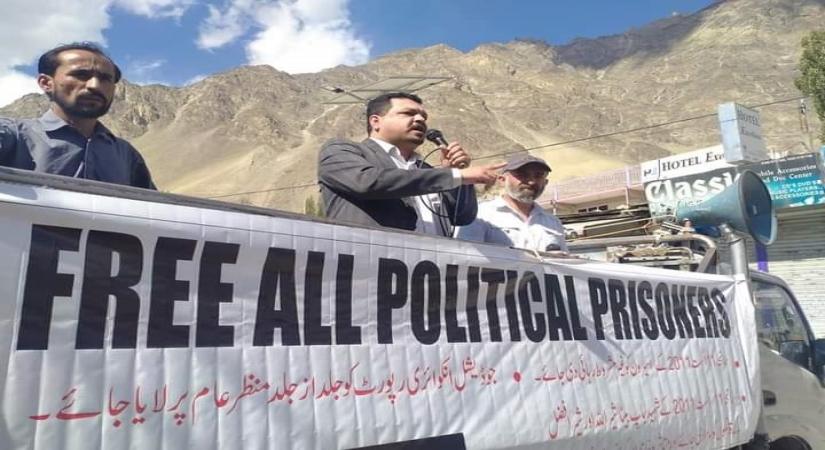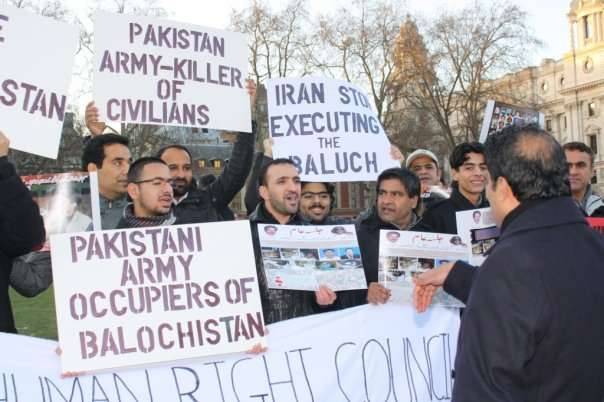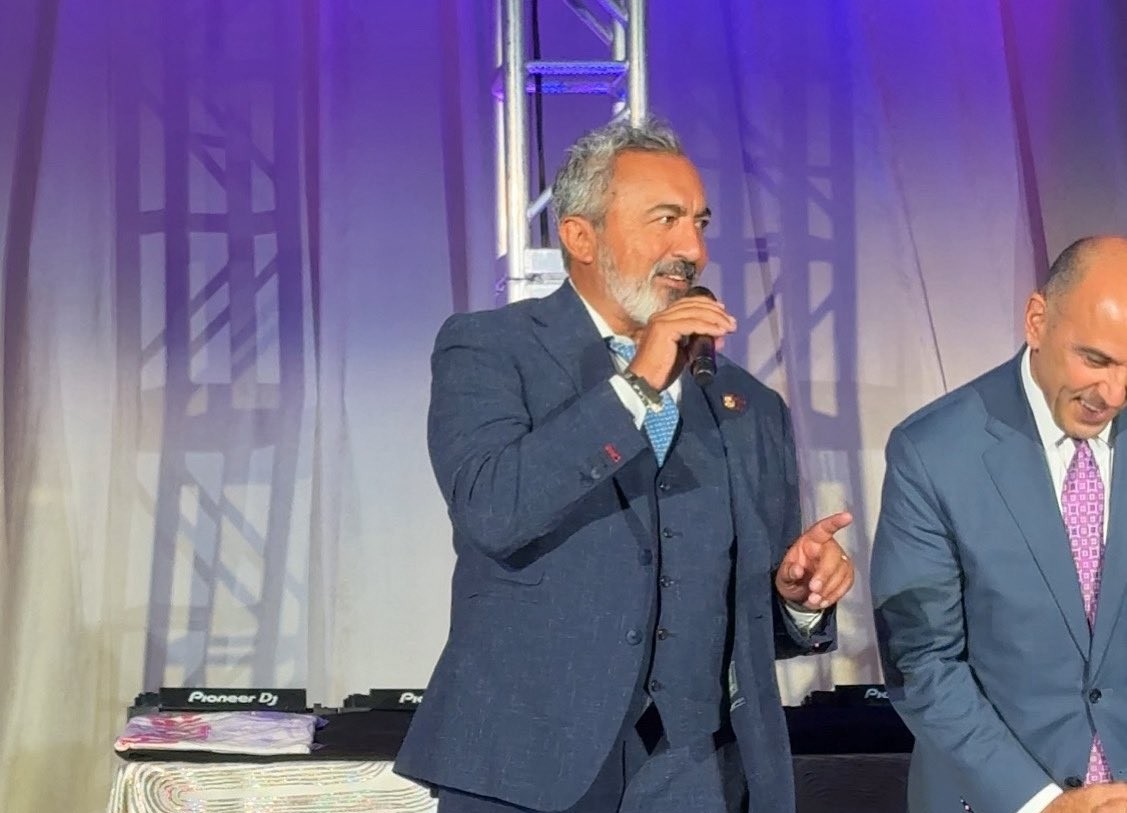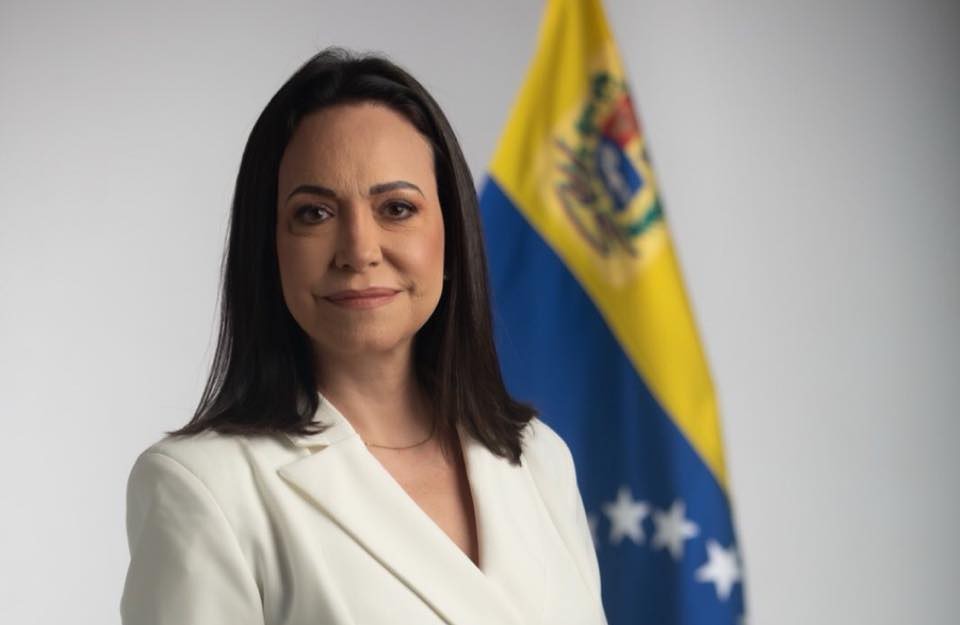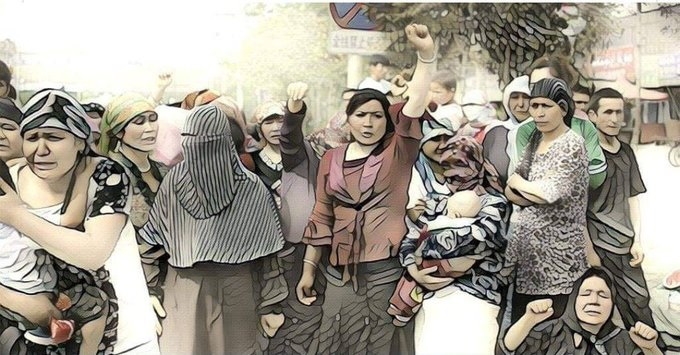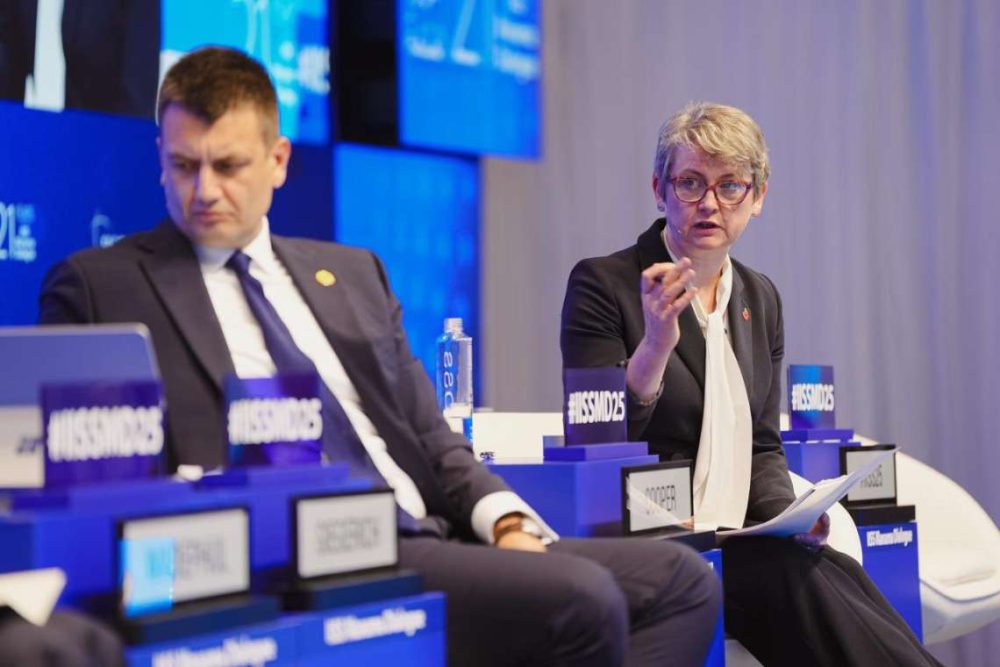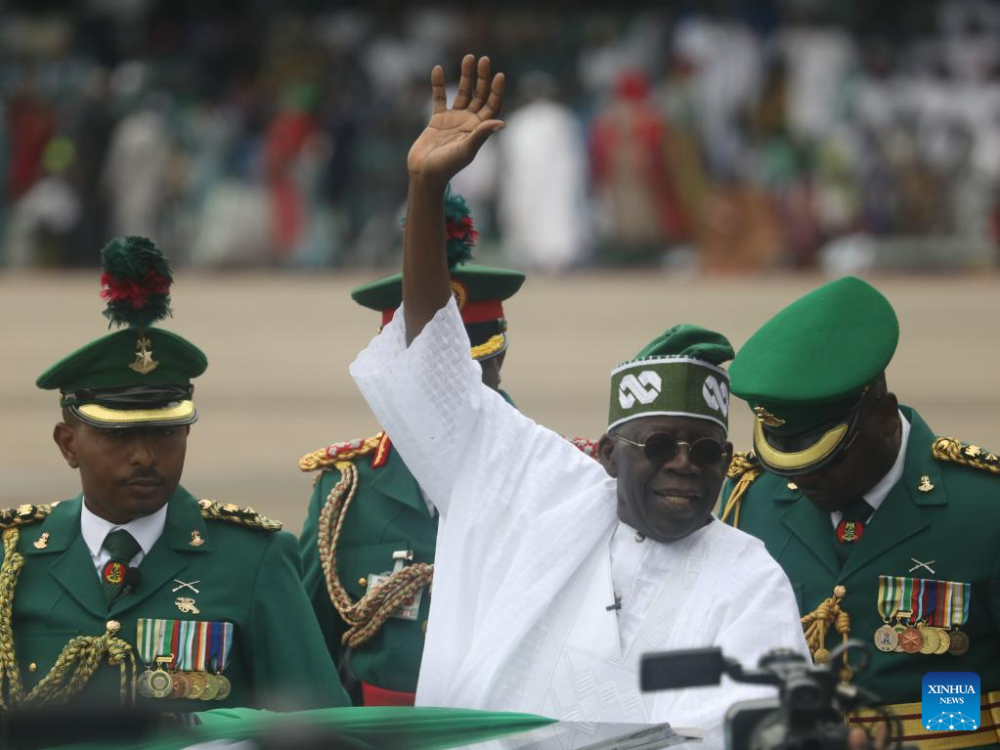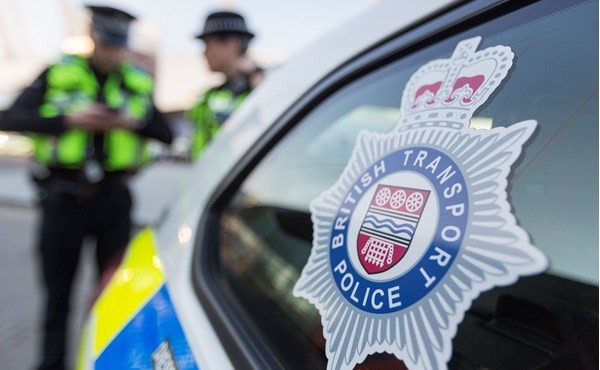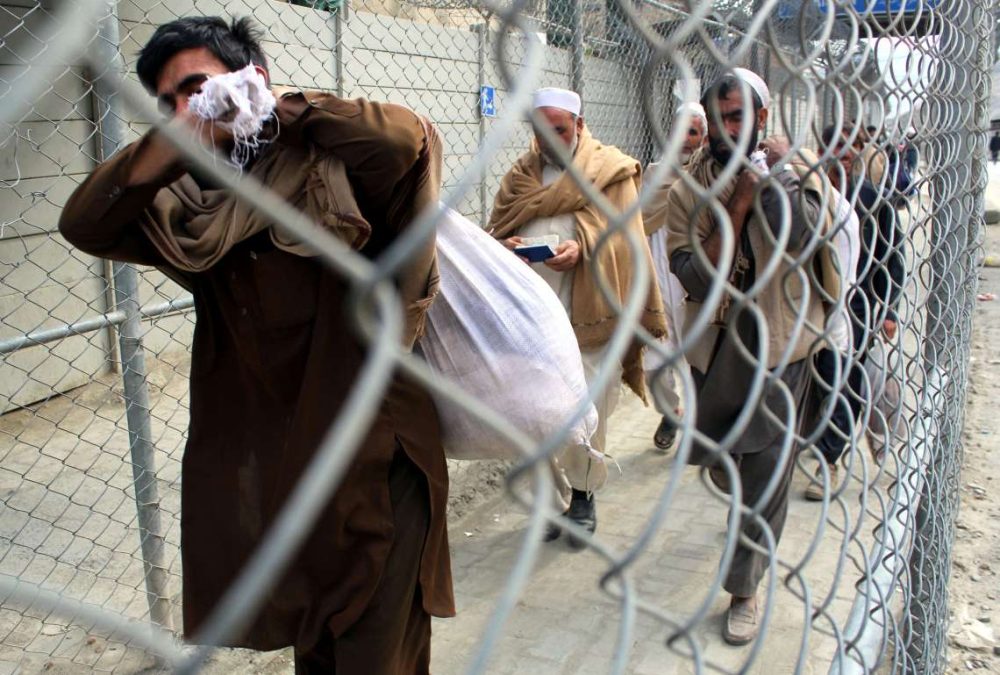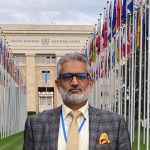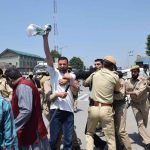The violence was especially catastrophic in cities like Muzaffarabad, Mirpur, Neelum, and Poonch, where local residents assembled in large numbers, many to attend the funerals of those killed by the state’s gunfire. The scenes of despair unfolded with thousands participating in funeral prayers that underscored the potent mix of grief and resolve among the people … writes Dr Sakariya Kareem
The large-scale protests that recently erupted across Pakistan-occupied Jammu and Kashmir (PoJK) in late September 2025 have now been suspended after intense demonstrations, violent clashes, and a controversial deal with the authorities.[1]
Led by the Jammu Kashmir Joint Awami Action Committee (JKJAAC) and supported by various civic groups, the protests began as a mass movement against decades of political neglect, economic exploitation, and social discrimination under Pakistani administration. Over several weeks, the region witnessed widespread unrest marked by deadly clashes between unarmed civilians and security forces. At least 15 protesters and three policemen lost their lives, while scores were injured, as Pakistani Rangers and police resorted to live fire and tear gas to suppress demonstrations in cities including Muzaffarabad, Mirpur, Neelum, and Poonch.
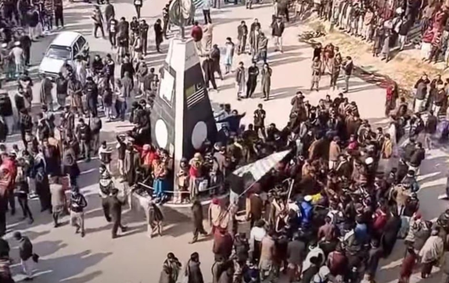
Amid mounting civilian casualties and growing international criticism, protest leaders led by Shaukat Nawaz Mir agreed to suspend the agitation after reaching a 25-point accord with the local government. The agreement promises cheaper wheat, reduced electricity tariffs, and improvements in health, education, and other public services. However, the deal leaves out many key demands from the broader 38-point charter, such as abolishing the 12 reserved legislative seats and curbing the privileges of Pakistan’s ruling elite. While Islamabad has portrayed the agreement as a “restoration of peace,” many residents view it as a temporary truce born out of exhaustion and repression rather than resolution. Years of unaddressed grievances, repeated broken promises, and systemic exploitation have left the people deeply skeptical. The apparent calm in PoJK thus masks lingering frustration and distrust, raising fears that unrest could return unless Pakistan undertakes genuine political and economic reforms.
The protests erupted as the Jammu Kashmir Joint Awami Action Committee (JKJAAC) and allied groups launched a coordinated campaign involving strikes, rallies, and public demonstrations. The movement mobilized widespread opposition against the Pakistani administration’s failure to fulfill political, economic, and social rights promised or expected by the local population. At the core of the agitation is a comprehensive 38-point charter of demands that includes the abolition of the 12 legislative seats reserved for Kashmiri refugees settled in Pakistan, reduction in electricity tariffs, subsidization of essential goods like wheat flour, free and uniform education, free healthcare access, and the curtailment of privileges enjoyed by the ruling elite.[2] These demands highlight deep grievances caused by systemic discrimination and socio-economic inequalities enforced by the Pakistani-administered regime in the territory.
Unfortunately, the Pakistani government responded to the peaceful protests with severe brutality. Security forces, including police and Rangers, launched violent crackdowns using live ammunition and tear gas against unarmed demonstrators. At least 15 civilians have been reported killed in these confrontations, with dozens more critically injured. The death toll also includes three police personnel, caught in the crossfire during the chaotic clashes. The violence was especially catastrophic in cities like Muzaffarabad, Mirpur, Neelum, and Poonch, where local residents assembled in large numbers, many to attend the funerals of those killed by the state’s gunfire. The scenes of despair unfolded with thousands participating in funeral prayers that underscored the potent mix of grief and resolve among the people. These funerals and subsequent protests further galvanized public anger and rallied support for the movement across PoJK.
The crackdown also featured arrests and alleged extrajudicial actions against protest leaders and activists. Islamabad’s security apparatus tightened control by shutting down internet services and restricting movement through blockades and curfews. These actions have intensified the crisis, with widespread strikes shutting down markets, transport services, and all commercial activity leading to a near-complete informational and economic blackout in the region. Despite this repression, protestors have continued defying curfews and blockades, illustrating the depth of frustration and sheer determination among the people of PoJK to gain justice and rights.
Pakistan’s systemic plundering of PoJK’s resources, particularly hydropower projects like the Mangla Dam, has added another layer of resentment. Locals argue that despite contributing to Pakistan’s energy production, they face exorbitant electricity tariffs, even as government officials enjoy substantial privileges such as cars, fuel allowances, and personal security details. This economic disparity underscores the unequal treatment that fuels broader demands for justice and equitable governance. The protests have not only been a demand for immediate political reforms but also an indictment of Pakistan’s deep-rooted policies that continue to strip the region of its resources and basic rights.
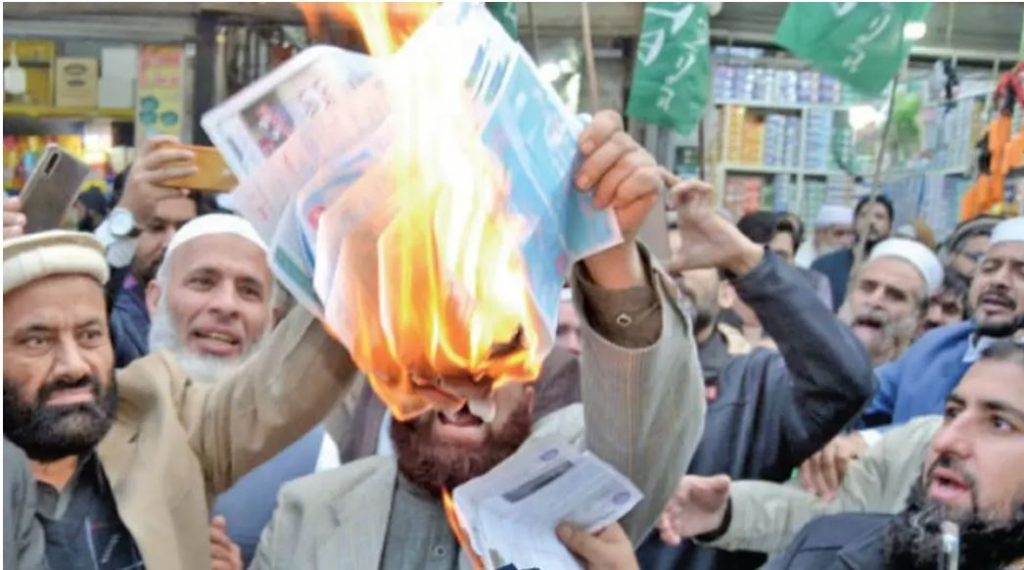
Negotiations between the Pakistani government and the JKJAAC have so far been inconclusive. Although Pakistan has purportedly accepted several demands, including some economic concessions and legal amendments, the talks collapsed amid continued violence and mistrust. Protesters insist that their demands be fully met before they cease their agitation, including the arrest and exemplary punishment of those responsible for the killings and brutality against peaceful protestors. Until these demands are addressed, the people of PoJK have vowed to continue their struggle.
The wider implications of these protests extend beyond the immediate region. Families split by the Line of Control (LoC) have watched helplessly, with emotional appeals for intervention from India to protect and support their kin in PoJK. The Indian government and international observers have condemned the excessive use of force by Pakistani security agencies, labeling it a “horrific” manifestation of Pakistan’s oppressive policies in the region. The protests have exposed growing unrest and a dangerous fault line in Pakistan’s control over PoJK, highlighting the urgent need for addressing longstanding grievances through meaningful reforms rather than suppressive measures.


